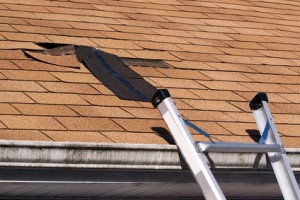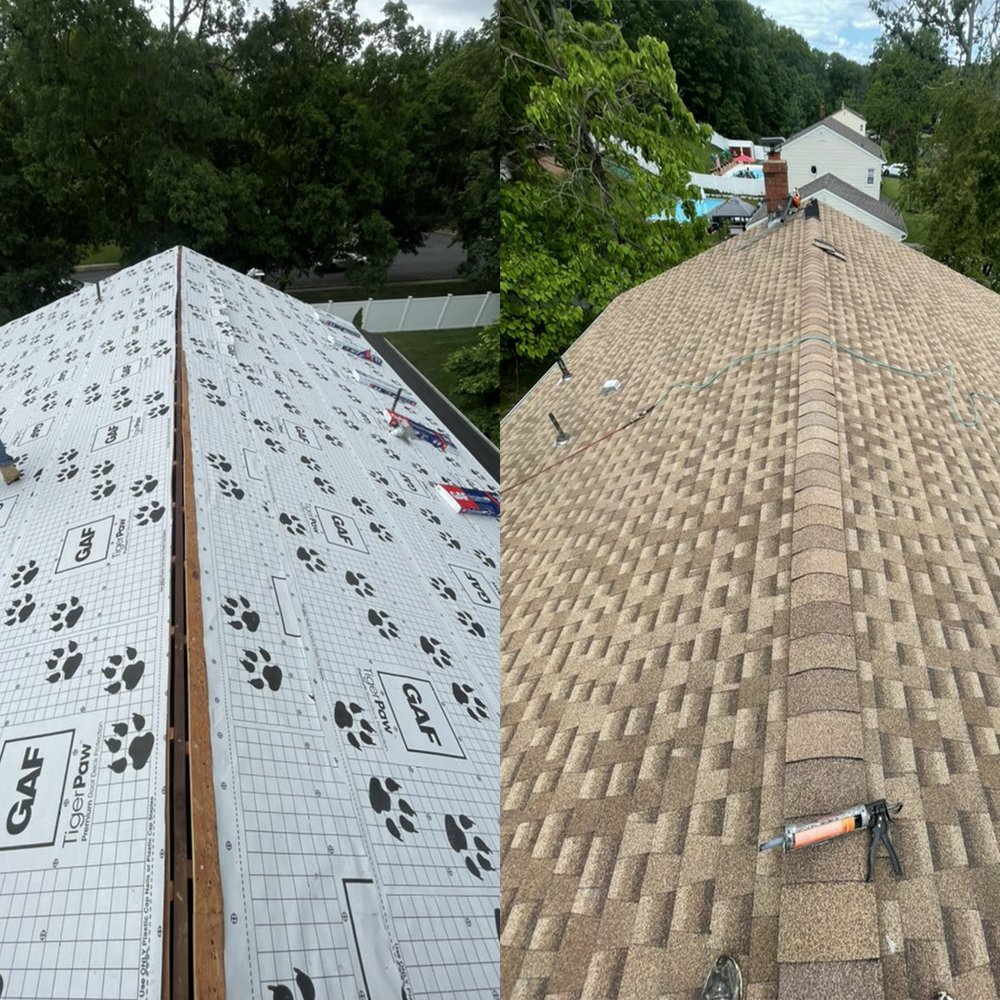Roofers Oahu: Skilled Contractors for Roof Installations and Repairs
Roofers Oahu: Skilled Contractors for Roof Installations and Repairs
Blog Article
Recognizing the Different Types of Roof Coverings: A Comprehensive Guide for Homeowners
With a selection of alternatives-- varying from the standard gable to the contemporary flat-- each kind provides special advantages and difficulties that ought to straighten with the house owner's particular demands and environmental considerations. As we discover the complexities of numerous roof covering kinds, it becomes evident that one dimension does not fit all; the right option might amaze you.
Gable Roofs
Gable roofings, characterized by their triangular shape, are amongst the most prominent roof covering styles because of their simpleness and effectiveness in dropping water and snow. This layout features 2 sloping sides that fulfill at a ridge, enabling reliable water drainage and reducing the threat of water accumulation. The steep pitch frequently related to gable roofing systems boosts their capacity to deal with heavy rainfall, making them ideal for various climates.
In enhancement to their sensible benefits, gable roofing systems use aesthetic adaptability. They can be adjusted to various architectural styles, from standard to modern-day homes. The layout can also accommodate extra functions such as dormer home windows, which boost all-natural light and air flow in the attic room space.
Moreover, saddleback roofs supply adequate room for insulation, adding to power performance. Homeowners can select from a range of roof materials, including asphalt shingles, metal, and tiles, even more enhancing customization options.
In spite of their advantages, saddleback roofs may require additional assistance in locations vulnerable to high winds or hefty snowfall. Generally, the saddleback roof stays a favored option due to its blend of capability, resilience, and visual allure.
Apartment Roofs
Flat roofs are often identified for their minimal style and practical applications, particularly in business and commercial setups (oahu roofing). These roofing systems include a straight or almost horizontal surface area, which permits easy building and construction and flexible space application. While they may lack the visual appeal of angled roofs, level roofing systems supply many advantages, specifically in urban settings where maximizing room is important
Among the main advantages of flat roofs is their access. Property owners can utilize the roofing space for numerous purposes, such as roof gardens, balconies, or solar panel setups. Furthermore, flat roof coverings are usually more economical to maintain and install contrasted to their sloped counterparts, as they call for less materials and labor.
Nevertheless, flat roofings do existing specific difficulties. Proper drain is necessary to avoid water pooling, which can lead to leaks and structural damages. Therefore, selecting premium waterproofing materials and routine examinations are essential for making certain long life. Typical products made use of for flat roofings include built-up roofing (BUR), customized bitumen, and single-ply membrane layers, each offering unique benefits. On the whole, flat roofings function as a useful and versatile selection for many homeowners and services alike.
Hip Roof Coverings
Hip roof coverings are identified by their sloped sides that assemble at the top, forming a ridge. This design is distinct from gable roofings, as all four sides of a hip roofing system slope downwards towards the walls, giving an extra secure structure. The angle of the slopes can differ, permitting adaptability in architectural aesthetic appeals and functionality.
Among the main advantages of hip roofs is their capacity to stand up to heavy winds and damaging climate problems. The sloped surfaces enable much better water drainage, lowering the threat of leaks and water damages. Furthermore, hip roofing systems offer boosted attic space, which can be made use of for storage space or perhaps transformed into habitable areas.
Nevertheless, constructing a hip roofing can be much more intricate and costly than less complex roofing system kinds, such as gable roofs. The extra product and labor associated with developing the slopes and making sure proper structural honesty can result in greater expenditures. Despite these disadvantages, many house owners prefer hip roofs for their longevity, aesthetic charm, and possibility for power efficiency.
Mansard Roofing Systems
Mansard roof coverings, frequently acknowledged by their one-of-a-kind four-sided design, function 2 inclines on each side, with the lower slope being steeper than the upper. This building design, originating from France in the 17th century, is not only cosmetically enticing but practical, as it optimizes the useful space in the top floorings of a structure. The high lower incline enables more clearance, making it an ideal option for lofts or attics, which can be exchanged living rooms.
Mansard roof coverings are characterized by their versatility, accommodating various architectural styles, from traditional to modern. They can be constructed with different materials, including asphalt tiles, slate, or steel, offering house owners with a series of alternatives to suit their preferences and budget plans. Additionally, the design allows for the assimilation of dormer home windows, boosting natural light and ventilation in the upper degrees.
Nonetheless, it is necessary to take into consideration the prospective disadvantages. Mansard roofing systems may call for even more maintenance due to the intricacy of their style, and their steep inclines can be testing for snow and rain drainage. On the whole, mansard roofings combine elegance with functionality, making them a popular selection among property owners looking for unique architectural attributes.
Dropped Roofs
As home owners progressively seek simpleness and performance in their building styles, lost roofings have arised as a popular option. Characterized by a solitary sloping plane, a shed roof covering provides a minimal aesthetic that enhances various home designs, from contemporary to rustic.
Among the main benefits of a shed roof is its simple building and construction, which frequently equates to decrease labor and material expenses. This style permits efficient water drainage, decreasing the threat of leaks and water damage. Furthermore, the upright incline provides sufficient area for skylights, improving all-natural light within the inside.
Dropped roofing systems additionally provide adaptability in regards to use. They can be efficiently incorporated right into enhancements, garages, or exterior frameworks like structures roofing oahu and sheds. Furthermore, this roofing system style can fit different roof products, consisting of metal, asphalt roof shingles, and even eco-friendly roofings, straightening with eco-friendly initiatives.
However, it is necessary to think about regional climate problems, as hefty snow tons may require adjustments to the roofing system's angle or structure. Overall, lost roof coverings offer a functional and visually pleasing option for homeowners looking to make the most of functionality without compromising design.
Final Thought


Gable roofings, identified by their triangular shape, are among the most prominent roof covering styles due to their simplicity and efficiency in shedding water and snow. oahu roofing. The high pitch typically linked with gable roofs boosts their ability to take care of hefty precipitation, making them suitable for various climates
While they might lack the aesthetic charm of pitched roofing systems, level roof coverings supply various advantages, particularly in city settings where optimizing room is critical.

Report this page